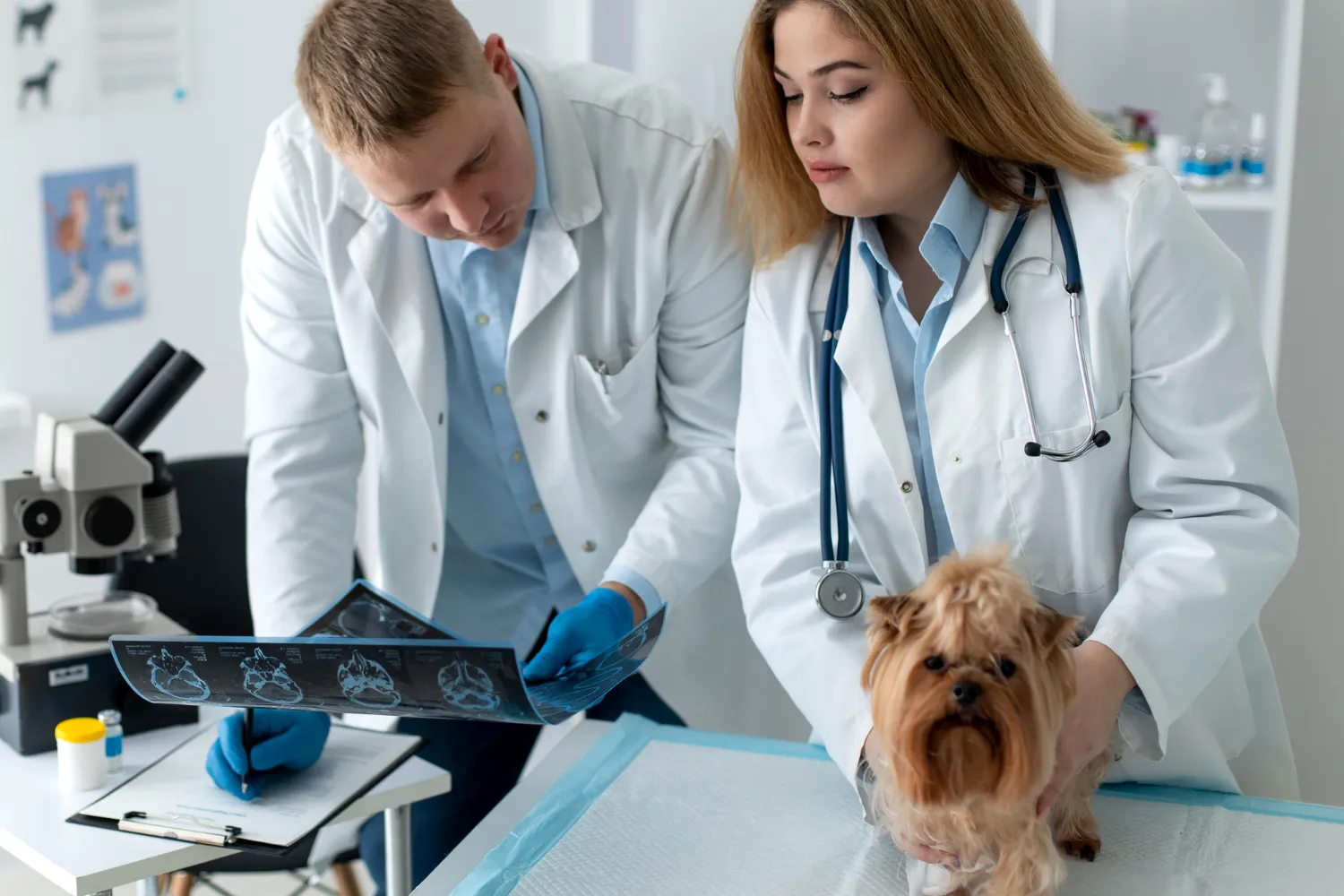A new study has shed light on the presence of Leptospira exposure among healthy dogs in the Sydney region, raising concerns over the potential health risks to both animals and the public. The research, spearheaded by scientists from the Sydney School of Veterinary Science at the University of Sydney, found evidence of antibodies against various Leptospira serovars in dogs that had not been previously vaccinated against the disease.
Unveiling The Risk of Leptospirosis
Leptospirosis, a potentially deadly infection caused by spiral-shaped bacteria called Leptospira, was believed to be well-controlled in the Sydney area with no reported clinical cases since 1976 until an outbreak of the disease emerged in 2017. This bacterial disease poses a significant threat to canine health and carries a risk of zoonotic transmission, which can affect humans as well.
The Study’s Findings and Implications
The study, which was recently published in the Australian Veterinary Journal (DOI: 10.1111/avj.13315), involved the testing of 411 serum samples from healthy dogs in identified leptospirosis hotspots and neighboring suburbs. The microscopic agglutination testing (MAT), performed at the WHO Leptospirosis Reference Laboratory in Queensland, showed an overall seroprevalence of 4.1%. This indicates a slightly higher rate of exposure since the previous serosurvey from 2004, which reported a 2.4% seroprevalence of the same nature in New South Wales dogs.
Of the serovars tested, Topaz was found to be the most prevalent, suggesting a changing pattern in the circulation of Leptospira serovars within the dog population. Also noteworthy is the presence of antibodies against serovars not previously associated with disease in dogs, which could suggest low virulence or cross-reactivity with other serovars.
The Role of Environmental and Behavioral Factors
Environmental factors, such as contact with infected rodents and contaminated water sources, have long been associated with the spread of leptospirosis. In this study, eight out of the 17 dogs showing seropositivity were known to hunt rodents, reaffirming the connection between a dog’s behavior and its risk of Leptospira exposure.
Challenges and Future Directions
The low titres detected in the study (1/50-1/200) reflect past, possibly subclinical, exposure rather than active infection. Moreover, this low-level antibody response may not confer protective immunity, underscoring the challenges in predicting infection risk based solely on serological data. As leptospirosis has broad implications for public health, continuous monitoring and preventative measures, such as vaccination, are crucial.
Implications for Veterinary Practice and Public Health
Veterinary professionals should remain vigilant for signs of leptospirosis in dogs, especially those presenting with kidney or liver disease, as early diagnosis and treatment are imperative for a favorable outcome. Public health officials must also be alert to the risk of human leptospirosis, which can often present with flu-like symptoms that can escalate to more severe illness.
Community Awareness and Prevention
Community education on preventing exposure to potential sources of Leptospira is vital. Prevention strategies could include rodent control measures, avoiding contact with potentially contaminated water, and advocating for the vaccination of dogs at risk.
Conclusion
The study concludes that although the serological evidence of Leptospira exposure is low among healthy Sydney dogs, an apparent increase since 2004 requires attention. It emphasizes a need for ongoing surveillance, responsible pet ownership practices, and informed public health strategies to mitigate the risks associated with this zoonotic disease.
References
1. Reagan KL, Sykes JE. “Diagnosis of canine leptospirosis.” Vet Clin Small Anim Pract. 2019;49:719-731. DOI: 10.1016/j.cvsm.2019.04.008.
2. Schuller S, Francey T, Hartmann K, et al. “European consensus statement on leptospirosis in dogs and cats.” J Small Anim Pract. 2015;56:159-179. DOI: 10.1111/jsap.12328.
3. Griebsch C, Ward MP, Norris JM. “Canine leptospirosis-global distribution, diagnosis, and treatment.” Adv Small Anim Care. 2022;3:177-220. DOI: 10.1016/j.asac.2022.03.004.
4. Zwijnenberg R, Smythe L, Symonds M, et al. “Cross-sectional study of canine leptospirosis in animal shelter populations in mainland Australia.” Aust Vet J. 2008;86:317-323. DOI: 10.1111/j.1751-0813.2008.00316.x.
5. Griebsch C, Kirkwood N, Ward MP, et al. “Emerging leptospirosis in urban Sydney dogs: a case series (2017-2020).” Aust Vet J. 2022;100:190-200. DOI: 10.1111/avj.13074.
Keywords
1. Canine Leptospirosis Sydney
2. Leptospira Exposure Dogs
3. Leptospirosis Veterinary Study
4. Zoonotic Diseases Australia
5. Dog Health Seroprevalence
